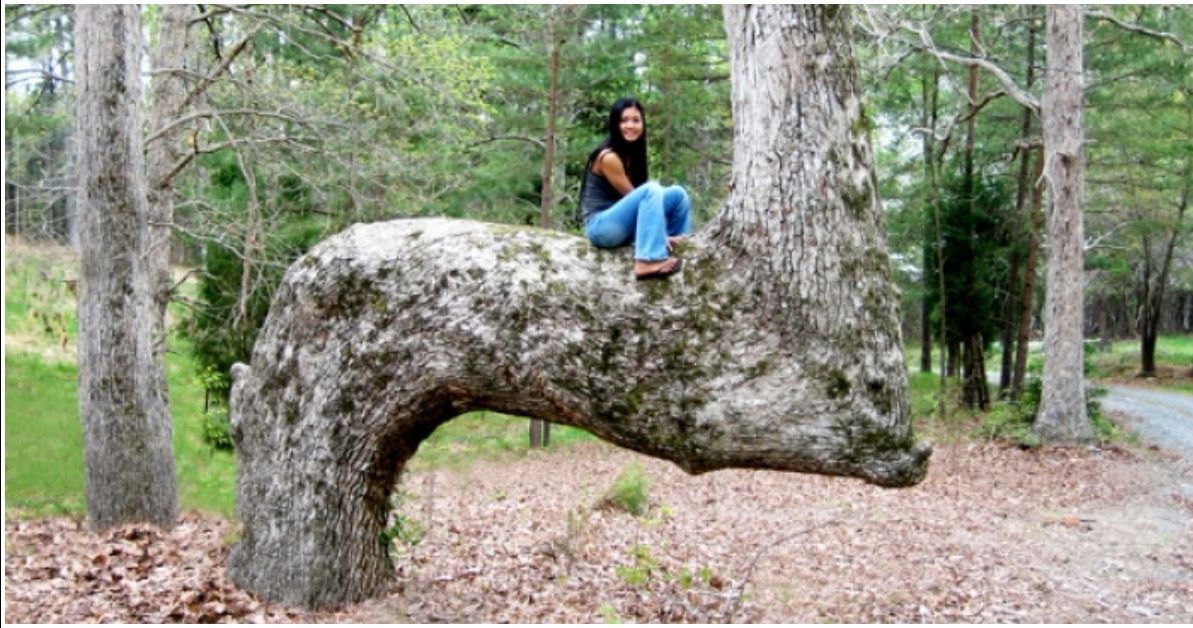If you like to go for a walk in the woods now and again, you might recognize these distinctive "bent" trees. Maybe you've even wondered how they're made.
It turns out there's a surprisingly long history behind these impressive "trail trees" that most people never learn about.

Bent trees can form naturally - for example if they're struck by another falling tree, or damaged by weather. But many researchers believe that some trees were bent intentionally, hundreds of years ago.

Throughout the United States, researchers and Native American communities have identified special "trail trees." They say these distinctive bent trees were used as road markers for Native tribes before the arrival of Europeans.
As expert Dennis Downes explains, "Having the knowledge of these trail trees could mean the difference between life and death, between eating and starving, between crossing the river correctly or incorrectly."
Trail trees have been identified in dozens of states, and if you know what to look for, you can follow them yourself.
It can be hard to spot the difference between a trail tree from a tree that bent by accident, but there are a few signs to look for.

While there are modern trail trees, ones made by pre-Columbian Native American tribes would be hundreds of years old, and therefore very large.
They're usually bent just a few feet off the ground, and point to nearby features like a river or hill.
Sometimes, you can follow one trail tree to another, and another, as they were often made in long routes leading to a special place.

The Ute people bent ponderosa trees leading to Pikes Peak, which they considered a sacred site.
Sadly, almost none of America's identified trail trees are protected. The aging markers are slowly dying or being chopped down one by one.

If you want to learn more about these trees, and hunt for any near your home, you can check the databases of the Great Lakes Trail Tree Society and the Mountain Stewards for more information.
Know any trail trees in your area?
[H/T: Atlas Obscura, American Forests, UNC Charlotte Urban Institute]

